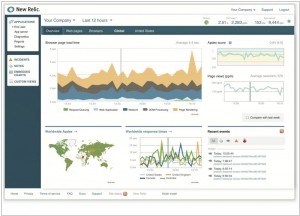Flurry vs New Relic
May 26, 2023 | Author: Michael Stromann
22
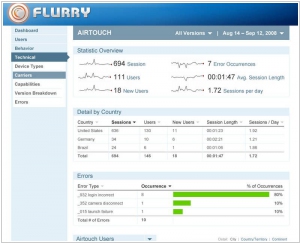
Flurry’s mission is to optimize the mobile experience through better apps and more personal ads. Our market leadership in mobile analytics means data is at the center of everything we do. We turn this insight into accelerated revenue and growth solutions for publishers and developers, and more effective mobile advertising solutions for brands and marketers.
Flurry and New Relic are both popular software analytics platforms, but they have distinct differences in their focus areas and functionalities. Flurry, owned by Yahoo, primarily specializes in mobile app analytics, providing insights into user behavior, engagement, and app performance. It offers features such as user acquisition tracking, event tracking, and segmentation to help app developers optimize their app's performance and user experience. Flurry is known for its ease of use and comprehensive mobile app analytics capabilities. On the other hand, New Relic is a broader application performance monitoring (APM) platform that offers real-time insights into the performance of web applications, mobile apps, and backend systems. It provides detailed metrics, transaction tracing, and error monitoring to identify bottlenecks, optimize performance, and ensure the smooth operation of applications. New Relic is widely used in the DevOps and IT operations space, offering deep visibility into application performance across various environments.
See also: Top 10 Mobile App Analytics platforms
See also: Top 10 Mobile App Analytics platforms
Flurry vs New Relic in our news:
2023. New Relic launches Grok, its AI observability assistant
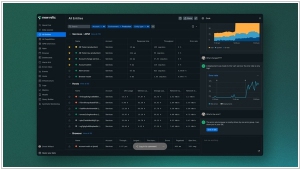
Enterprises and related companies are currently in the midst of integrating large language models into their services. New Relic has announced its own offering Grok, which it claims is the first generative AI assistant for observability. The aim is to leverage a large language model to assist engineers in performing routine tasks within New Relic, such as setting up instrumentation, creating reports, and managing accounts using natural language. The use of these models provides a significant advantage in helping engineers analyze the large amounts of data collected by the service, which is crucial not only for ensuring the performance of a given service but also for managing its associated costs - an increasingly important concern for most enterprises.
2022. New Relic enters the security market with its new vulnerability management service
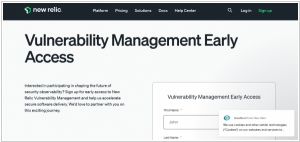
New Relic, renowned for its observability platform, has ventured into the security market by unveiling a new vulnerability management service. Aptly named New Relic Vulnerability Management, this service consolidates data from both New Relic's native vulnerability detection system and third-party tools. It offers a unified solution for security, DevOps, SecOps, and SRE teams to monitor their software stack for vulnerabilities. The company emphasizes that one of its key advantages is the seamless integration with third-party security tools. This capability enables teams to prioritize security risks effectively, considering the overwhelming number of potential risks, and the service assists in identifying the necessary actions to address and mitigate these risks.
2022. New Relic launches its new infrastructure monitoring experience
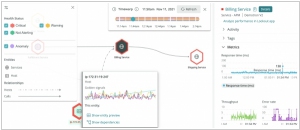
In the year 2020, New Relic introduced its New Relic One platform, aiming to consolidate the various individual solutions developed by the company over the years into a unified framework. Building upon this foundation and leveraging its NRDB data storage system, New Relic enhanced its offerings by incorporating advanced features such as enhanced network monitoring, a tool for monitoring and tracking ML model performance, and error tracking capabilities. Today, the company is finalizing one of the remaining components of this initiative by making its new infrastructure monitoring experience widely available. This solution is specifically designed to assist DevOps, SRE, and ITOps teams in monitoring their infrastructure and promptly resolving issues across public, private, and hybrid cloud environments. New Relic users can now access this new solution.
2020. New Relic acquires Kubernetes observability platform Pixie Labs
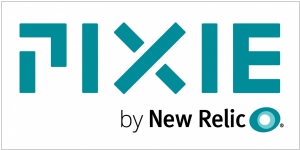
New Relic, a publicly traded company specializing in monitoring and observability platforms, has completed the acquisition of Pixie Labs, a Kubernetes observability platform. Despite the acquisition, Pixie Labs will retain its brand and product, enabling New Relic to expand its platform capabilities to the edge. Pixie Labs initially focused on offering observability for cloud-native workloads operating on Kubernetes clusters. While most similar tools cater to operators and IT teams, Pixie Labs aimed to develop a tool specifically tailored for developers' preferences. By utilizing eBPF, a relatively recent method of extending the Linux kernel, the Pixie platform can gather data directly from the source without requiring an agent.
2020. New Relic is changing its pricing model to encourage broader monitoring
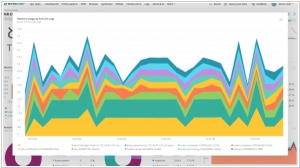
In the field of monitoring, it's common practice to incur fees for monitoring each new instance. This approach can result in significant costs if you have a high level of activity within a month. As a result, many organizations choose to limit their monitoring scope to manage expenses. However, New Relic aims to revolutionize this paradigm by introducing a user-based payment model that includes a smaller, more affordable data component. In addition, the company is streamlining its product offerings to encourage customers to monitor everything instead of selectively choosing what to monitor based on cost considerations. By adopting this approach, organizations can gain comprehensive insights without worrying about exorbitant monitoring bills.
2015. Flurry to provide analytics for Apple Watch app developers

Mobile analytics service Flurry, which is under the ownership of Yahoo, has unveiled its support for the Apple Watch. With the increasing number of developers focusing on building applications for the Apple Watch ecosystem, understanding user engagement with these small-screen apps becomes crucial. User behavior and relevant metrics for Apple Watch applications are likely to differ significantly from those of smartphone apps. Flurry's introduction of Apple Watch metrics enables developers to track various aspects, including new users, active users, total event occurrences per day, daily average event occurrences, daily average unique event users, and the percentage of app users engaging with the watch extension. This announcement follows the recent news from mobile marketing firm Fiksu and Kochava, both of which also introduced tracking capabilities for Apple Watch events. App Annie has similarly updated its Store Stats to accommodate Apple Watch tracking. However, as one of the prominent players in the mobile analytics field, Flurry's support is expected to have a widespread impact, reaching a diverse range of app developers.
2014. Mobile analytics startup New Relic is now a billion-dollar company
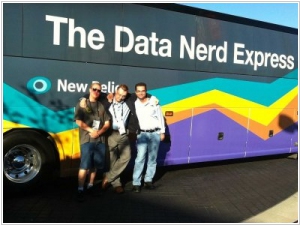
New Relic, a provider of app-monitoring services on a SaaS basis, has experienced a successful debut in the stock market, with its first day of trading propelling it to a billion-dollar valuation. The closing share price exceeded expectations, reaching 47 percent higher than the initial offering price of $23.00 per share. This surge in value places the company's worth at approximately $1.5 billion. New Relic specializes in delivering a SaaS Software Analytics Platform, which encompasses Application Performance Management and Real User Monitoring for web applications deployed in Cloud and Data Centers, supporting various programming languages such as Ruby, Java, .NET, Python, PHP, and Node.js. Additionally, New Relic provides mobile monitoring solutions for iOS and Android applications. As the company enters the new year, it is focused on maintaining its momentum and likened its achievements to that of a football player making it to the big leagues.
2014. Application-monitoring platform provider New Relic files for an IPO
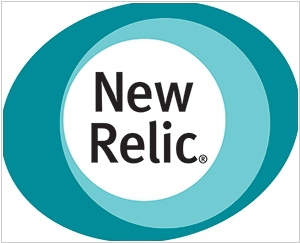
New Relic, an application-monitoring startup, has officially filed for an initial public offering, according to recent reports. In their filing, the company disclosed a revenue of $63.2 million for the year 2014, surpassing the previous year's figure of $29.7 million. New Relic, established in 2007, introduced its inaugural product in 2008. In early October, the startup acquired Ducksboard, a Barcelona-based startup, which grants New Relic the capability to integrate with diverse cloud services, consolidate the data, and produce a comprehensive dashboard. Furthermore, New Relic launched its highly anticipated real-time analytics service called Insights in July. Allegedly, this service can extract even more information from the vast amount of data collected by the New Relic platform. Despite competition from other application analytics startups like AppDynamics, ThousandEyes, and AppNeta, New Relic remains determined to make its mark in the industry.
2014. Yahoo acquired mobile analytics service Flurry

Yahoo is purchasing Flurry, a mobile app analytics and advertising startup, for an estimated price range of $200-$300 million. Flurry collaborates with approximately 170,000 developers, collecting data from 150 billion app sessions per month, to provide valuable insights to app publishers regarding their audiences, app usage, and app performance. This information helps enhance app functionality and optimize revenue generation. Flurry's data powers an advertising platform utilized by brands to target specific audiences on apps within Flurry's network, and enables developers to monetize their apps with more relevant inventory. The acquisition of Flurry not only boosts Yahoo's mobile advertising revenues but also positions Yahoo as a key player in the monetization and utilization of mobile technology as it expands its ad tech business.

